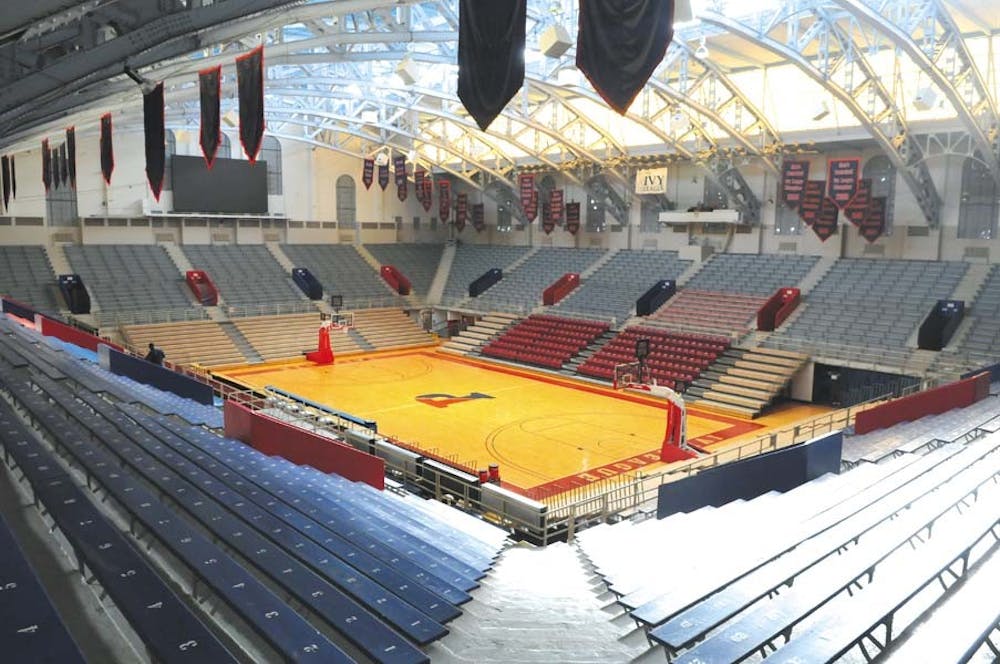With Big 5 director Bill Bradshaw having officially retired on Monday, he leaves the organization on life support.
Founded in 1955, the Big 5 boomed as the doubleheaders that took place at the Palestra helped to make people care about Philadelphia basketball. In addition to the second game of the doubleheader being televised, the group brought something to college basketball fans that didn’t exist almost anywhere else — a sense of camaraderie amongst the rivalry.
In October of 1955, The Daily Pennsylvanian published an article about the new TV deal, claiming that “Pennsylvania’s Palestra may become the basketball capital of the world due to a contract to be signed this afternoon.”
Since that time, the importance of the Big 5 has slowly decayed due to a plethora of reasons, reaching one of its many fever pitches in the 2006-2007 season when Drexel, not a part of the Big 5, beat all four of the teams in the group that it faced.
While Big 5 teams like St. Joseph’s and Villanova have had wild success since the turn of the century and still have had impact nationally, the importance of taking the Big 5 title no longer matters to the entire college basketball realm as it once did.
Yet all hope is not lost for the decades old round-robin tournament.
Before Bradshaw left his posts as Big 5 director and Temple athletic director to deal with family problems, he made a move that the organization needed for quite a long time.
By teaming up with Front Row Marketing, a Comcast-Spectacor subsidiary, the organization will be rebranded in a way that makes the Big 5 just as current as it is historic.
That’s just the start if the Big 5 can hope to hold onto the importance it has in the Philadelphia basketball scene.
Surely, having a team in the national spotlight helps significantly, as Big 5 games become worth a lot more when a St. Joseph’s team ranked in the top-10, but what about when, as last year, there is no one must-see team?
It comes down to marketing an event rather than just a game.
Having been to numerous Big 5 games, both at the Palestra and at other venues, I’ve seen first hand that it isn’t the same when the Quakers travel up to Villanova to play the Wildcats than when the two teams face off at the Palestra.
There are a number of factors why having Palestra doubleheaders is no longer a conceivable standard scheduling move for the Big 5 — namely, each school wanting to maximize profits off of the rivalry games — but if the new director wants to preserve the allure of a tournament that used to hold so much importance to the basketball world, money will have to be pushed aside.
The move to partner with Front Row Marketing though shows that the organization, or at least Bradshaw himself, understood that the Big 5 does have an image problem.
They say that acceptance is the first step to recovery, and while the Big 5 will never hold the importance that it once did, perhaps some of the magic can still be salvaged.



